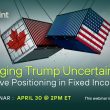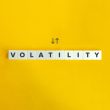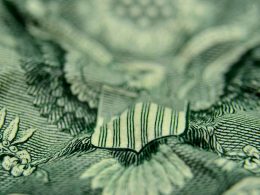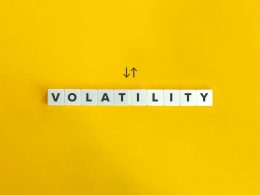Unfortunately, that’s as far as their description goes, as each institution does not break down what percentage of their stated gold reserves are held in physical, versus what percentage has been loaned out or swapped for something else. The fact that they do not differentiate between the two is astounding, (Ed. As is the “including gold deposits” verbiage that they use – what else is “gold” supposed to refer to?) but at the same time not at all surprising. It would not lend much credence to central bank credibility if they admitted they were leasing their gold reserves to ‘bullion bank’ intermediaries who were then turning around and selling their gold to China, for example. But the numbers strongly suggest that that is exactly what has happened. The central banks’ gold is likely gone, and the bullion banks that sold it have no realistic chance of getting it back.
CHART B

Sources:
1) http://www.bankofengland.co.uk/statistics/Documents/reserves/2012/Aug/tempoutput.pdf
2) http://www.treasury.gov/resource-center/data-chart-center/IR-Position/Pages/08312012.aspx
3) http://www.ecb.int/stats/external/reserves/html/assets_8.812.E.en.html
4) http://www.boj.or.jp/en/about/account/zai1205a.pdf
5) http://www.imf.org/external/np/exr/facts/gold.htm
6) http://www.snb.ch/en/mmr/reference/annrep_2011_komplett/source
Notes:
ECB Data as of July 2012. Bank of Japan data as of March 31, 2012.
* European Central Bank reserves is composed of reserves held by the ECB, Belgium, Germany, Estonia, Ireland, Greece, Spain, France, Italy, Cyprus, Luxembourg, Malta, The Netherlands, Austria, Portugal, Slovenia, Slovakia and Finland.
** Bank of Japan only lists its gold reserves in Yen at book value.
Our analysis of the physical gold market shows that central banks have most likely been a massive unreported supplier of physical gold, and strongly implies that their gold reserves are negligible today. If Frank Veneroso’s conclusions were even close to accurate back in 1998 (and we believe they were), when coupled with the 2,300 tonne net change in annual demand we can easily identify above, it can only lead to the conclusion that a large portion of the Western central banks’ stated 23,000 tonnes of gold reserves are merely a paper entry on their balance sheets – completely un-backed by anything tangible other than an IOU from whatever counterparty leased it from them in years past. At this stage of the game, we don’t believe these central banks will be able to get their gold back without extreme difficulty, especially if it turns out the gold has left their countries entirely. We can also only wonder how much gold within the central bank system has been ‘rehypothecated’ in the process, since the central banks in question seem so reluctant to divulge any meaningful details on their reserves in a way that would shed light on the various “swaps” and “loans” they imply to be participating in. We might also suggest that if a proper audit of Western central bank gold reserves was ever launched, as per Ron Paul’s recent proposal to audit the US Federal Reserve, the proverbial cat would be let out of the bag – with explosive implications for the gold price.
Notwithstanding the recent conversions of PIMCO’s Bill Gross, Bridegwater’s Ray Dalio and Ned Davis Research to gold, we realize that many mainstream institutional investors still continue to struggle with the topic. We also realize that some readers may scoff at any analysis of the gold market that hints at “conspiracy”. We’re not talking about conspiracy here however, we’re talking about stupidity. After all, Western central banks are probably under the impression that the gold they’ve swapped and/or lent out is still legally theirs, which technically it may be. But if what we are proposing turns out to be true, and those reserves are not physically theirs; not physically in their possession… then all bets are off regarding the future of our monetary system. As a general rule of common sense, when one embarks on an unlimited quantitative easing program targeted at the employment rate (see QE3), one had better make sure to have something in the vault as backup in case the ‘unlimited’ part actually ends up really meaning unlimited. We hope that it does not, for the sake of our monetary system, but given our analysis of the physical gold market, we’ll stick with our gold bars and take comfort as they collect more dust in our vaults, untouched.













